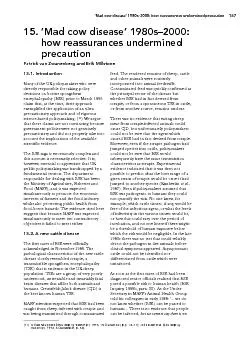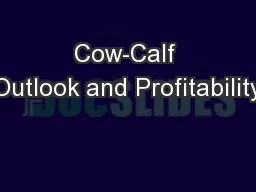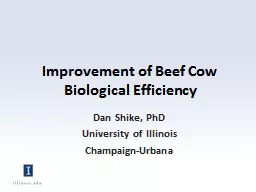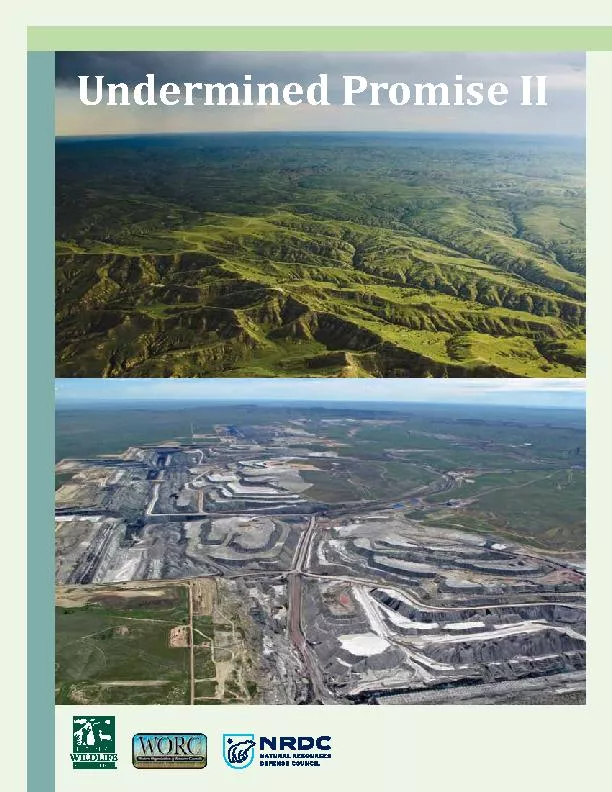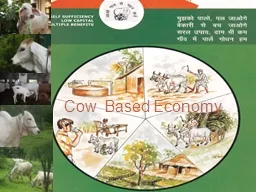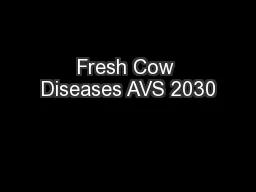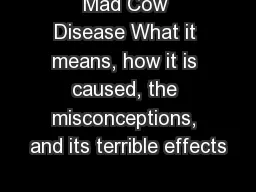PDF-Mad cow disease 1980s2000: how reassurances undermined precaution157 1
Author : faustina-dinatale | Published Date : 2015-10-05
11Gillian Sheppard BSE Inquiry transcript 1998 15 Decemberpp 1011 John Gummer BSE Inquiry transcript 1998 8 Decemberp 50 158Late lessons from early warnings the
Presentation Embed Code
Download Presentation
Download Presentation The PPT/PDF document "Mad cow disease 1980s2000: how reassuran..." is the property of its rightful owner. Permission is granted to download and print the materials on this website for personal, non-commercial use only, and to display it on your personal computer provided you do not modify the materials and that you retain all copyright notices contained in the materials. By downloading content from our website, you accept the terms of this agreement.
Mad cow disease 1980s2000: how reassurances undermined precaution157 1: Transcript
Download Rules Of Document
"Mad cow disease 1980s2000: how reassurances undermined precaution157 1"The content belongs to its owner. You may download and print it for personal use, without modification, and keep all copyright notices. By downloading, you agree to these terms.
Related Documents

